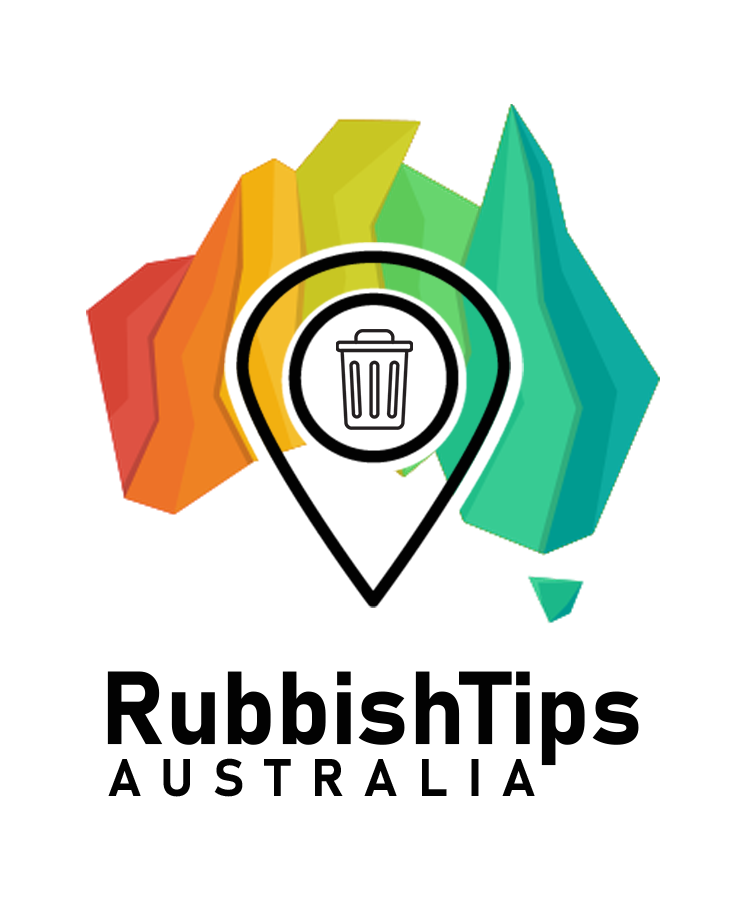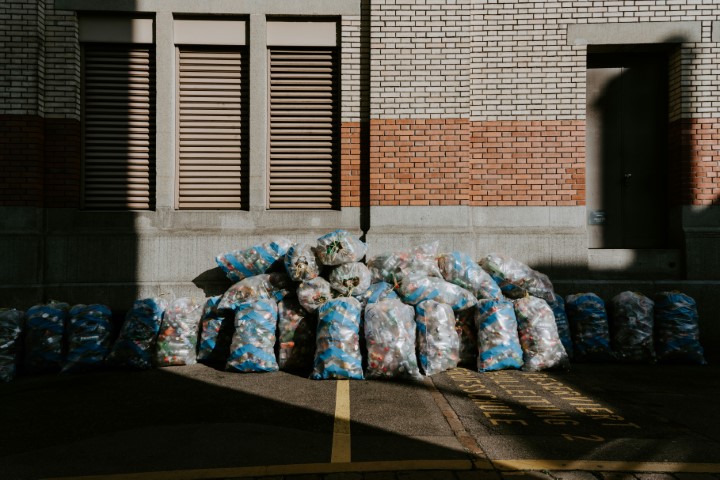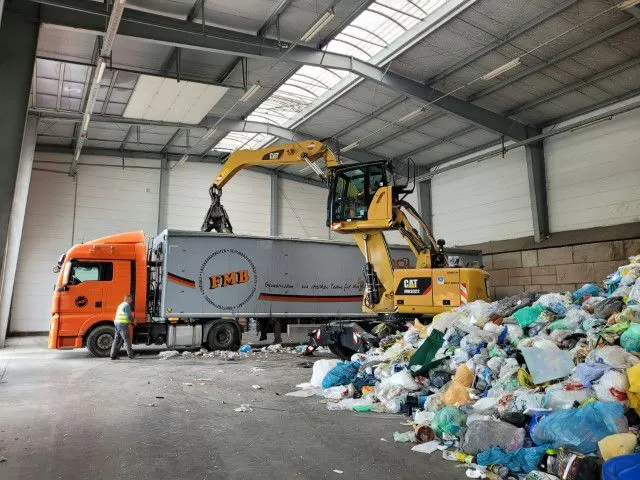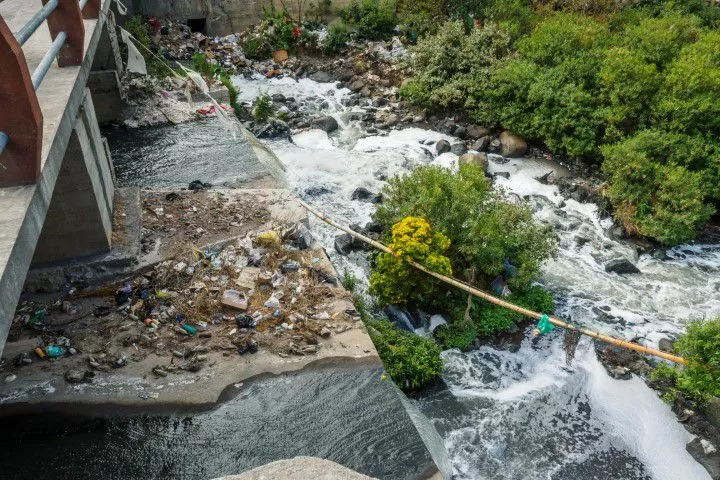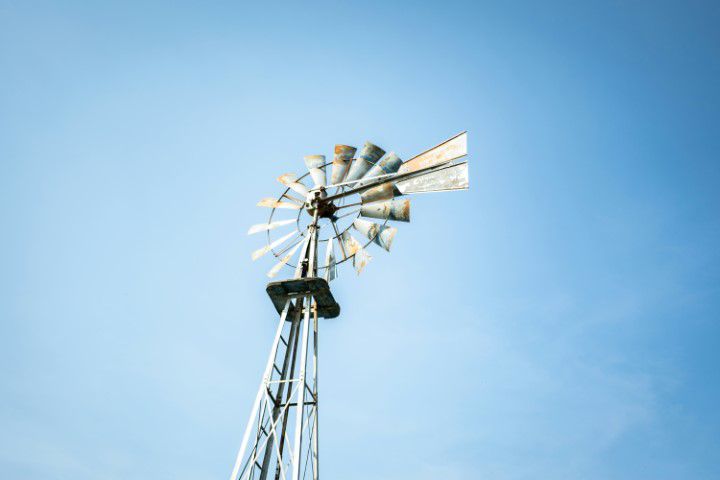
Picture this: it’s the year 2050, and Australia has officially achieved zero waste. Rubbish bins are a thing of the past, landfills are a distant memory, and every product, from your morning coffee cup to your latest gadget, is part of a circular economy where nothing goes to waste. Sounds like a dream, right? But this dream could very well become a reality if we play our cards right. The future of waste management in Australia is heading towards a zero-waste society, but the question remains—are we ready for it?
What Does Zero Waste Actually Mean?
Before we dive into the nitty-gritty, let’s clarify what zero waste actually means. The term “zero waste” often conjures up images of minimalist lifestyles and mason jars full of compostable scraps. While that’s one part of it, zero waste is much broader. It’s a philosophy that encourages the redesign of resource life cycles so that all products are reused or recycled, with nothing ending up in landfills or incinerators.
In a zero-waste world, the very concept of waste is eliminated. Products are designed for durability, repairability, and recyclability. Packaging is either non-existent or fully compostable. And consumers play a proactive role in reducing their own waste footprints. But getting to this point requires a seismic shift in how we think about waste, resources, and sustainability.
Australia’s Waste Problem: How Did We Get Here?
Australia has a bit of a rubbish problem. We generate roughly 74 million tonnes of waste each year, and while we’ve made significant strides in recycling and waste diversion, about 40% of this waste still ends up in the many landfills around the country. Yikes!
Much of this waste comes from construction, demolition, and commercial activities, but household waste is a significant contributor too. Plastics, in particular, are a major issue. Despite efforts to curb plastic use, Australians still use a staggering 3.5 million tonnes of plastic annually, with less than 10% being recycled.
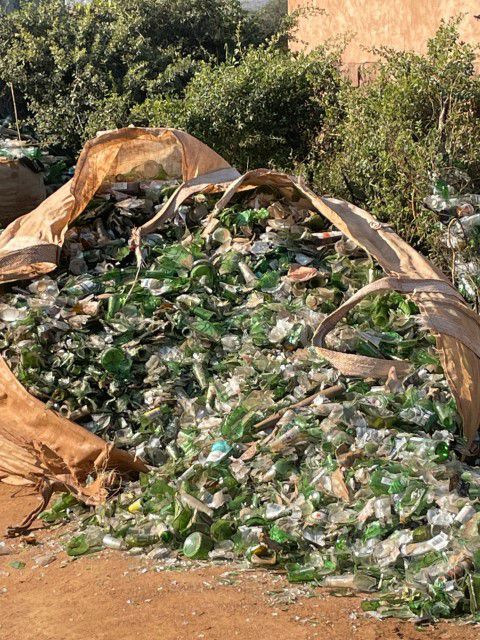
So how did we get here? The answer lies in our throwaway culture—an era of single-use plastics, disposable products, and a mindset that prioritizes convenience over sustainability. But the tide is starting to turn. As awareness of environmental issues grows, so too does the public’s appetite for change. Enter the zero-waste movement.
The Road to Zero Waste: What’s Being Done?
Australia isn’t just sitting on its hands when it comes to waste management. Across the country, governments, businesses, and communities are taking steps to reduce waste, improve recycling, and move closer to a zero-waste future. Let’s take a look at some of the most promising initiatives.
1. National Waste Policy Action Plan
In 2018, the Australian government launched the National Waste Policy Action Plan, setting the ambitious target of diverting 80% of waste from landfills by 2030. The plan focuses on a circular economy, where waste is treated as a resource to be recovered, reused, and recycled. Key strategies include reducing plastic waste, increasing resource recovery, and promoting sustainable procurement practices across all sectors.
2. Container Deposit Schemes
One of the most successful waste reduction initiatives in Australia has been the introduction of container deposit schemes (CDS) in several states.
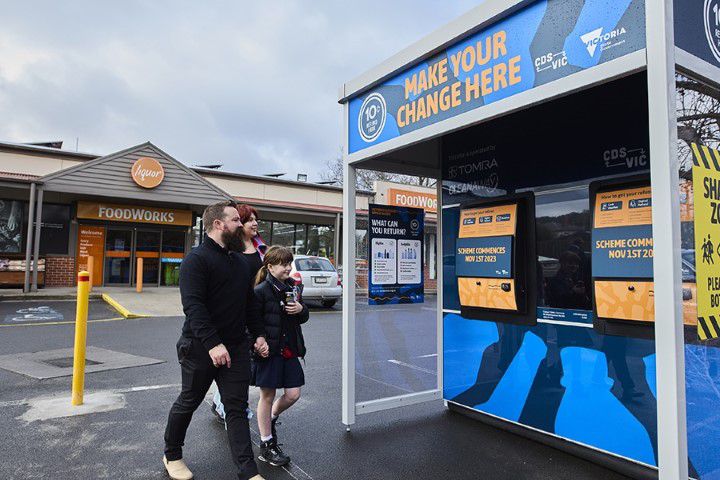
These schemes offer a financial incentive for consumers to return beverage containers for recycling, helping to reduce litter and increase recycling rates. South Australia, for example, has had a CDS in place since 1977, and other states have followed suit, with impressive results. The expansion of these schemes nationwide is a key step towards a zero-waste future.
3. Food Waste Reduction
Food waste is a massive issue in Australia, with around 7.6 million tonnes of food waste generated each year. To tackle this, the government has set a target to halve food waste by 2030. Initiatives like the Fight Food Waste Cooperative Research Centre and the National Food Waste Strategy are working to reduce food waste at every stage of the supply chain—from farm to fork. These efforts not only reduce waste but also address food security and environmental sustainability.
4. Circular Economy Initiatives
A true zero-waste society can only be achieved through a circular economy, where products are designed to be reused, repaired, and recycled. In Australia, several businesses and industries are embracing this approach.
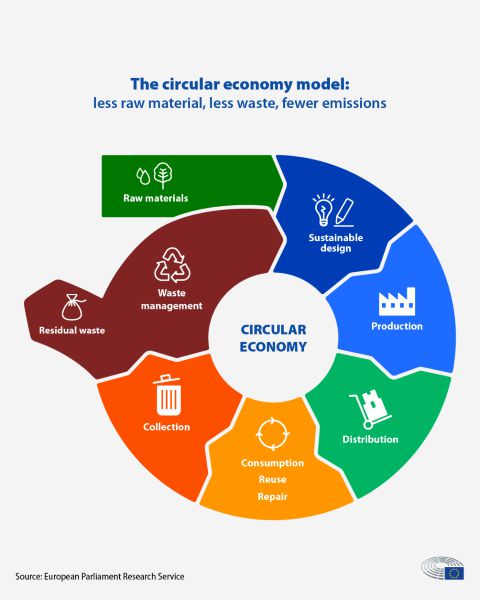
For example, Bega Cheese has launched a program to recycle soft plastics from its packaging, turning them into new products. Meanwhile, major retailers like Woolworths and Coles are rolling out initiatives to reduce plastic packaging and increase the availability of reusable alternatives.
5. Community-Led Initiatives
On a grassroots level, Australians are embracing zero-waste living in innovative ways. Community-led initiatives like repair cafes, where people can fix broken items rather than throwing them away, are popping up in towns and cities across the country. Bulk food stores, which allow customers to purchase food and household products without packaging, are also gaining popularity. These small but impactful changes are helping to build a culture of waste reduction and sustainability.
The Challenges Ahead: Are We Really Ready?
While the progress is encouraging, the road to zero waste is fraught with challenges. One of the biggest hurdles is changing consumer behaviour. Old habits die hard, and for many people, convenience still trumps sustainability. Overcoming this requires not just education and awareness but also making sustainable choices more accessible and affordable.
Another challenge is the need for better infrastructure. Australia’s recycling system has faced significant challenges in recent years, particularly with the closure of export markets for recyclable materials. This has highlighted the need for more investment in domestic recycling facilities and technologies. Additionally, there’s a pressing need for better waste collection and sorting systems to ensure that recyclable materials don’t end up in landfills.
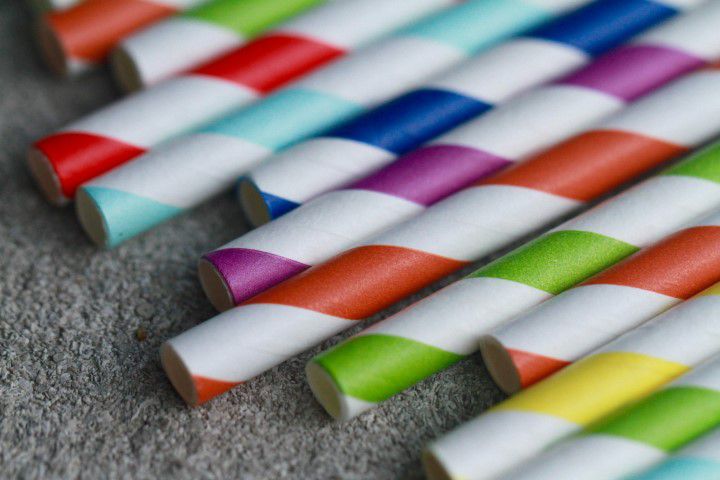
And then there’s the issue of policy and regulation. While the National Waste Policy Action Plan is a step in the right direction, achieving zero waste will require stronger policies and more stringent regulations to drive change across all sectors. This includes everything from banning single-use plastics to incentivizing businesses to adopt circular economy practices.
The Role of Innovation: A Glimmer of Hope
The good news is that Australia is a hotbed of innovation, and the waste management sector is no exception. From cutting-edge recycling technologies to new materials designed to be fully compostable, innovation is key to achieving zero waste.
One exciting development is the rise of “waste-to-product” initiatives, where waste materials are transformed into new products. For example, the startup BlockTexx in Queensland is pioneering a process to recover polyester and cotton from textiles, which can then be reused to create new fabrics. Meanwhile, companies like BioPak are leading the way in compostable packaging, offering a viable alternative to traditional plastic packaging.
Technology is also playing a role in reducing waste. Smart bins that use sensors to monitor waste levels and optimize collection routes are being trialled in several cities, reducing the environmental impact of waste collection. And as data analytics and artificial intelligence continue to advance, we can expect to see even more innovative solutions to waste management challenges.
Conclusion: The Future Is in Our Hands
So, are we ready for zero waste? The answer is a resounding “maybe.” The path to zero waste is a long and winding one, full of challenges and opportunities. But with the right mix of policy, innovation, and community engagement, Australia has the potential to lead the world in waste management and sustainability.
The future of waste management in Australia is not just about dealing with rubbish—it’s about rethinking how we live, consume, and interact with the environment. It’s about creating a society where waste is no longer an afterthought but a resource to be valued and reused. And while there’s still a lot of work to be done, the seeds of change have been planted.
In the end, the future of waste management is in our hands. By embracing zero-waste principles and supporting innovative solutions, we can move closer to a world where waste is a thing of the past. So, let’s roll up our sleeves, get creative, and work together to turn Australia’s zero-waste dream into a reality.
Sources:
- Australian Government Department of Agriculture, Water and the Environment. (2022). National Waste Policy Action Plan 2019. Retrieved from https://www.environment.gov.au
- Fight Food Waste Cooperative Research Centre. (2023). Halving Australia’s Food Waste. Retrieved from https://fightfoodwastecrc.com.au
- Waste Management Review. (2023). Circular Economy Initiatives in Australia. Retrieved from https://www.wastemanagementreview.com.au
- BioPak. (2023). Compostable Packaging Solutions. Retrieved from https://www.biopak.com.au

Matt Flare was born and raised in the Northern Sydney beachside suburbs and is fascinated by how our society handle the millions upon millions of tonnes of waste we produce every day.
How to Reduce Your Household Waste: Tips Before You Head to the Tip
Picture this: it’s the year 2050, and Australia has officially…
The Future of Waste Management in Australia: Are We Ready for Zero Waste?
Picture this: it’s the year 2050, and Australia has officially…
Australia’s Most Innovative Landfill Projects
When you think of a rubbish tip, what comes to…
Illegal Dumping: How It’s Affecting Our Aussie Communities
Imagine you’re out for a morning jog, enjoying the fresh…
How Some Aussie Landfills Are Being Transformed Into Community Parks
Landfills aren’t exactly known for their beauty. They’re where we…
$100 Million Worth Of Art Dumped At A Tip
Imagine this: a hidden fortune worth $100 million, buried beneath…
